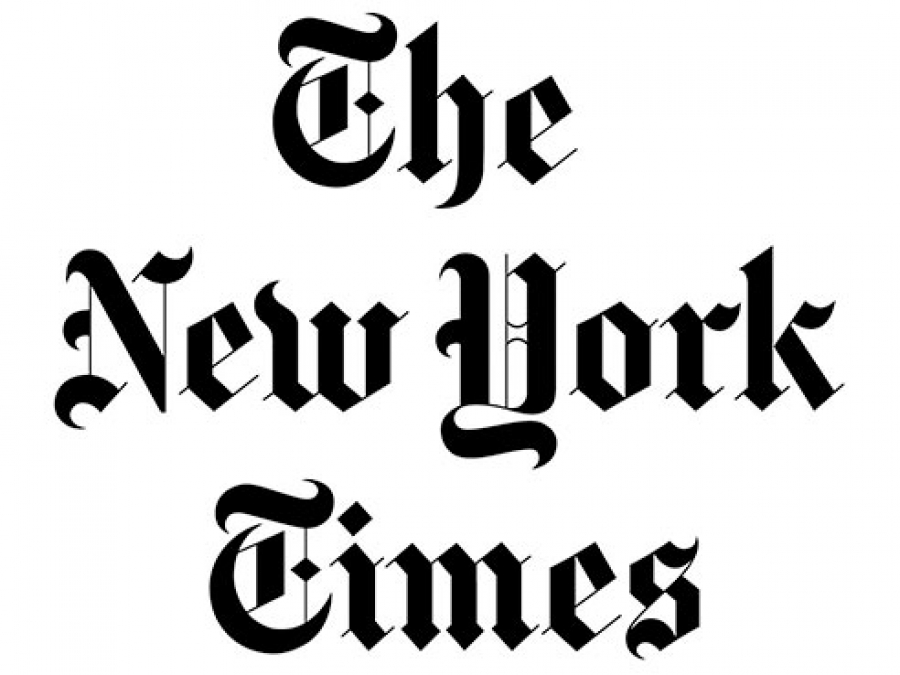Health & Medicine
Jan 12, 2026
Pre-hospital blood helped this UAB patient beat a zero percent chance of survival, so why is it still underutilized?
After a devastating car accident, Garry Taylor, 71, had nearly a zero percent chance of survival. Pre-hospital blood extended his survival to allow him to get the lifesaving care he needed at UAB Hospital.
Find an Expert
Browse our list of UAB experts who can provide insights on timely news and research. To contact an expert, please coordinate with the public relations specialist associated with each individual.
Find an ExpertCampus & Community
Dec 5, 2025
Alex Mortensen named UAB Football head coach
Health & Medicine
Research & Innovation
People of UAB
Arts & Events
Dec 22, 2025




























